How to Disable Dictionary on Mac?
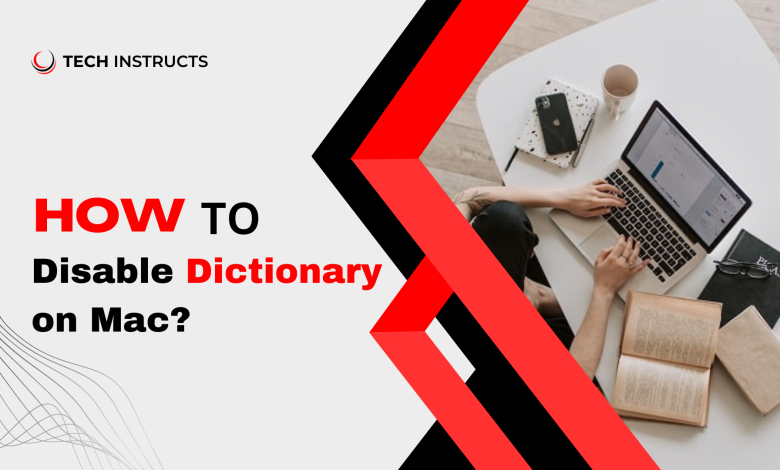
If you are a Mac user, you are probably familiar with the built-in dictionary feature that’s included in the operating system. This tool can be helpful when you need to quickly look up the definition of a word or find synonyms or antonyms, but sometimes it can be more of a hindrance than a help. You can boost your productivity and focus on your work by disabling the dictionary on your Mac. Our goal in this article is to provide you with information on how to disable dictionary on mac.
Disable dictionary on Mac can significantly impact your productivity. By removing this tool from your workflow, you can reduce the number of interruptions and distractions that you face during your workday. In today’s data-driven business world, this can help you stay focused and on task. So if you are ready to take control of your workflow and maximize your productivity, disabling the dictionary on your Mac may be the right move for you.
Here is how to disable the dictionary on Mac
- Open System Preferences
- Select “Keyboard”
- Click on “Text”
- Uncheck “Correct spelling automatically.”
- Uncheck “Look up & data detectors”
- Close System Preferences
In addition to improving privacy and reducing distractions, disabling the dictionary can also have a positive impact on the speed of your Mac. When using the dictionary feature, your computer will be using a lot of system resources, which can result in a slowdown of your computer, especially if your Mac is older or less powerful. Getting rid of the feature will free up resources and make your Mac run faster.
How to Disable the Dictionary On Mac 2023?
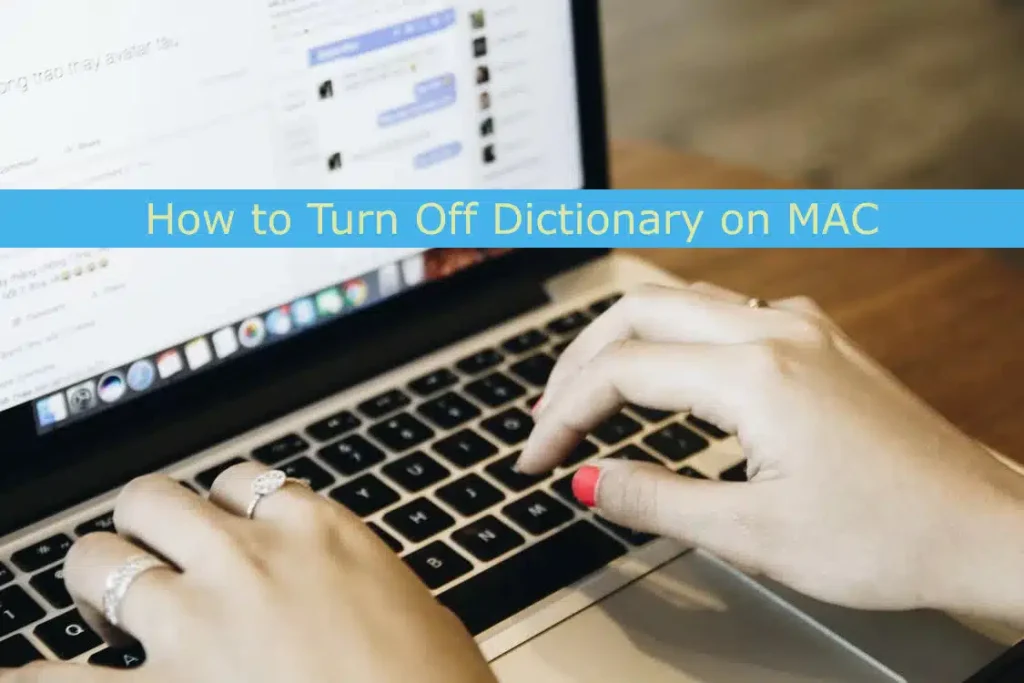
The dictionary feature on Mac allows users to quickly look up the definition of a word or term by highlighting the word and pressing Command + Control + D. Are you tired of the built-in dictionary feature on your Mac constantly interrupting your work or distracting you from your tasks? Well, the good news is that disabling the dictionary is a quick and easy process that can help you focus better and improve your productivity.
Method 1: Using Terminal
Terminal is a built-in application on Mac that allows users to interact with the operating system via text commands. Using Terminal, you can disable the dictionary feature on your Mac by entering a few simple commands.
Step 1: Open the Terminal
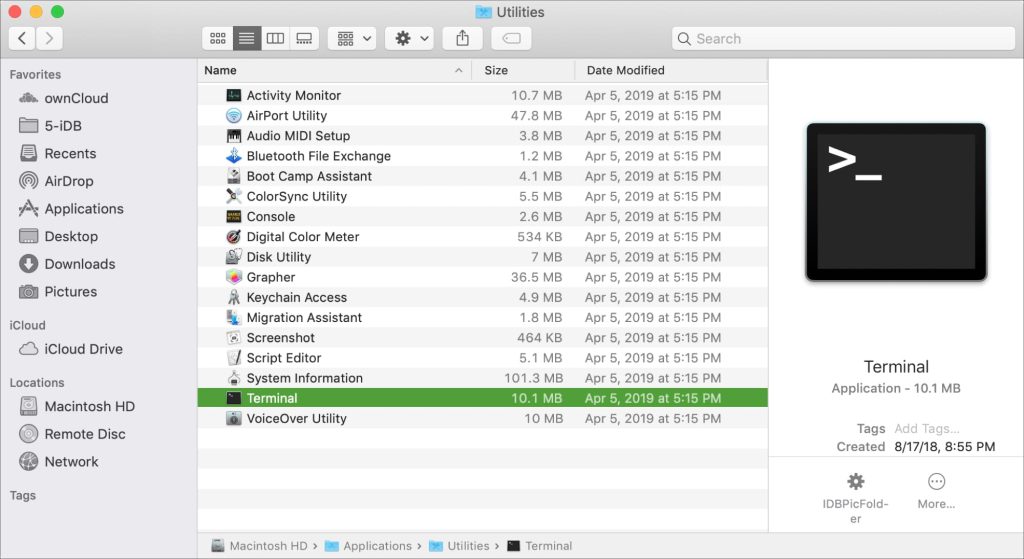
- Open Terminal by going to the “Applications” folder, then “Utilities,” and selecting “Terminal.”
Step 2: Enter the command
- Enter the following command once you are in Terminal:
Defaults write com. apple.Dictionary ProhibitNewDictionaryPopups -bool true
- This command tells your Mac to disable the dictionary feature.
Step 3: Restart your Mac
- After entering the command, restart your Mac for the changes to take effect.
- If you want to re-enable the dictionary feature in the future, you can use the following command in Terminal:
Defaults write com. apple. Dictionary ProhibitNewDictionaryPopups -bool false
- This command tells your Mac to allow dictionary popups again.
Method 2: Using System Preferences
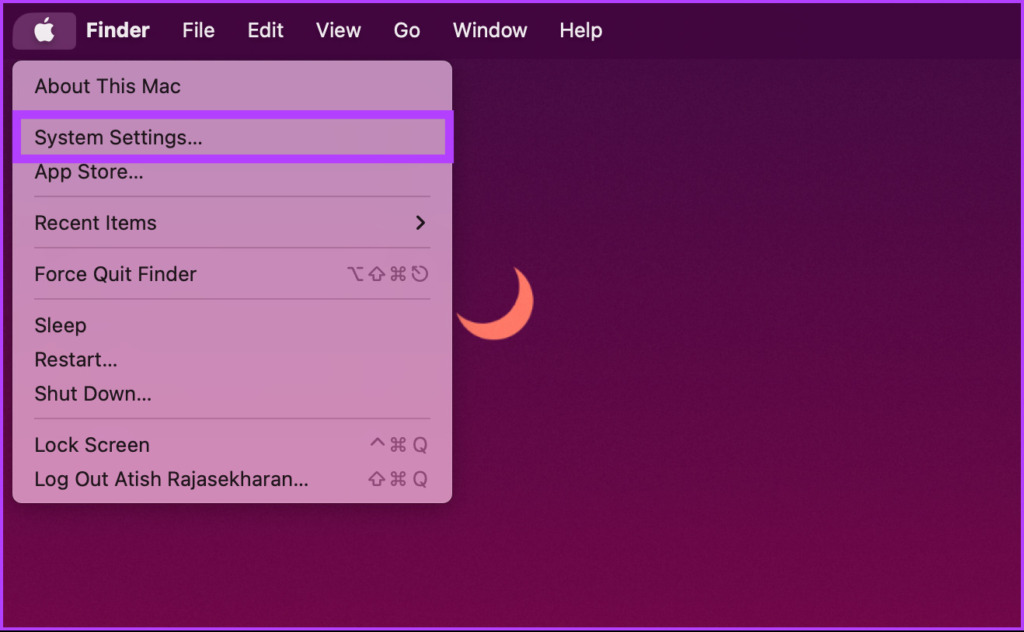
Here is how to disable the dictionary feature on your Mac using System Preferences:
Step 1: Open System Preferences
Select “System Preferences” from the drop-down menu next to the Apple logo in the top-left corner. This will open up the System Preferences menu, which allows you to customize various settings on your Mac.
Step 2: Select “Keyboard”
Once you are in the System Preferences menu, click on the “Keyboard” icon. This will open up the Keyboard menu, which contains various settings related to your keyboard and input devices.
Step 3: Click on “Text”
In the Keyboard menu, select the “Text” tab. This tab contains settings related to how your Mac handles text input, such as auto-correction and smart quotes.
Step 4: Uncheck “Correct spelling automatically”
Under the “Spelling” section, uncheck the box next to “Correct spelling automatically.” This option is responsible for automatically correcting misspelled words as you type, as well as providing suggestions for spelling corrections.
Step 5: Uncheck “Look up & data detectors”
Next, scroll down to the “Look up & data detectors” section and uncheck the box next to “Look up.” This option is responsible for the dictionary feature, which allows you to look up definitions and other information about words and phrases by highlighting them and pressing a keyboard shortcut. By unchecking this box, you will disable this feature and prevent the dictionary from popping up.
Step 6: Close System Preferences
Once you have made these changes, simply close the System Preferences window. The dictionary feature should now be disabled on your Mac, which means you will not see definitions or other information pop up when you highlight a word or phrase.
Related Post: How to Change Input on Roku TV without Remote?
Method 3: Using Third-Party Applications
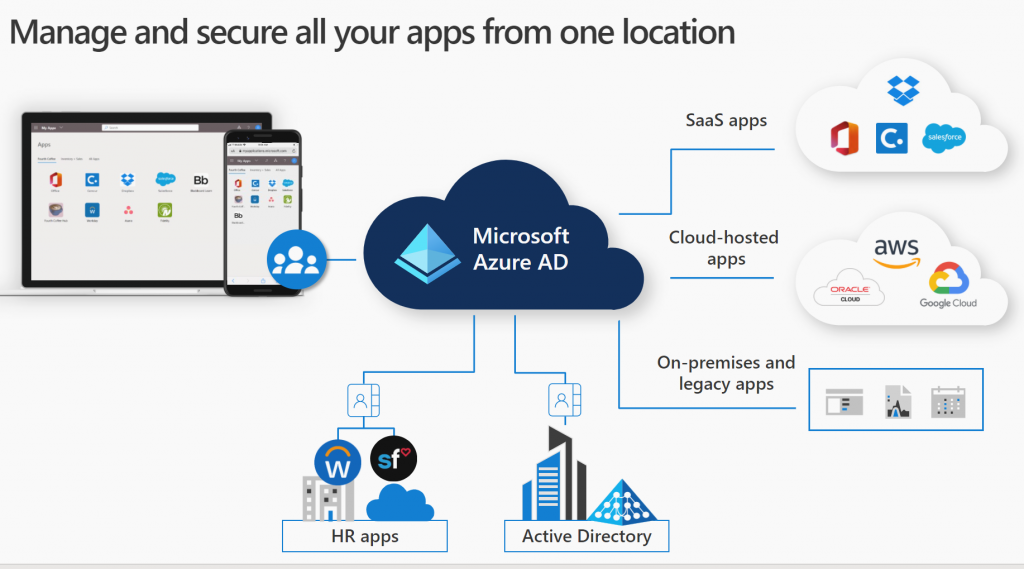
Disabling the dictionary on a Mac is a useful feature for users who do not require it and would like to free up some space on their devices. The easiest way to do this is to use third-party apps. Here is a step-by-step guide on how to disable the dictionary on a Mac using third-party applications, including well-researched details.
Step 1: Determine which third-party app to use
The first step is to determine which third-party app to use to disable the dictionary on your Mac. Some popular apps include NoDictionary, Disable Dictionary, and Dictionary Cleaner. These apps are designed specifically to help users disable the built-in dictionary on their Macs.
Step 2: Open the App Store
Open the App Store on your Mac to download and install the third-party app.
Step 3: Search for the App
Once you have opened the App Store, use the search bar to look for the app you want to use. For example, if you have decided to use NoDictionary, type “NoDictionary” into the search bar.
Step 4: Download and Install the App
When you have found the app you want to use, click on the “Get” or “Buy” button to download and install it. You will need to enter your Apple ID and password to start downloading.
Step 5: Launch the App

Use Spotlight or the Applications folder to launch the app after it’s been downloaded and installed. Before you can use some apps, you may need to restart your Mac.
Step 6: Disable the Dictionary
On your Mac, you can disable the dictionary by using the app. The steps for doing this will depend on the app you have chosen. However, most apps will have a simple interface with a button or checkbox to disable the dictionary. To disable the dictionary on your Mac, follow the instructions provided by the app.
Step 7: Verify that the Dictionary has been Disabled
It is important to verify that the dictionary has been successfully disabled after disabling it. To do this, open an application that uses the dictionary, such as Pages or Safari, and try to access the dictionary. If the dictionary has been successfully disabled, you should receive an error message stating that the dictionary cannot be found.
Tips for Optimizing Mac Performance
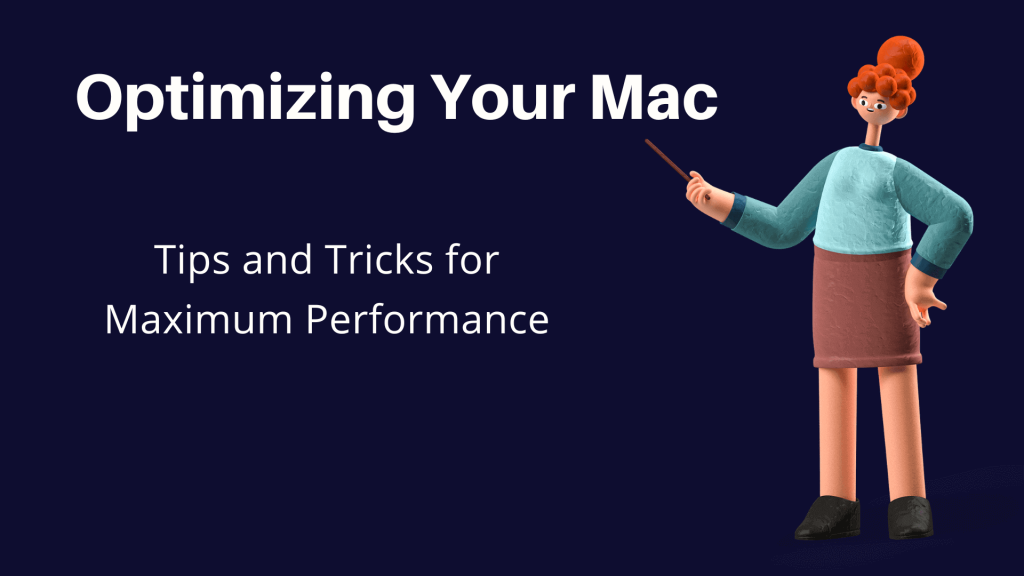
Mac performance can slow down over time due to various factors such as software updates, large files, and cluttered hard drives. To optimize the performance of your Mac and increase its speed, follow these tips.
Keep your software up to date
You can improve your Mac’s performance by updating its software to the latest version. You can speed up your Mac by installing software updates that contain bug fixes and performance improvements.
Clear your cache
Your Mac’s cache stores temporary files and data from websites and applications. Over time, this cache can become cluttered and slow down your Mac. You can speed up the performance of your Mac by clearing your cache. To clear your cache, go to Safari preferences and select “Clear History and Website Data.”
Remove unnecessary apps
You can improve your Mac’s performance by removing older apps that you don’t use anymore. The easiest way to remove an app is to drag it from the Applications folder to the Trash.
Manage your startup items
Your Mac’s performance can be slowed down by automatic startup apps. To manage your startup items, go to System Preferences > Users & Groups > Login Items and uncheck the apps you do not want to launch at startup.
Use Activity Monitor
Activity Monitor is a built-in tool that allows you to monitor your Mac’s CPU, memory, and energy usage. To free up resources and improve performance, use Activity Monitor to identify apps that are using an excessive amount of CPU or memory and close them to free up resources.
Optimize storage
Optimizing your storage can help improve your Mac’s performance. To optimize storage, go to Apple menu > About This Mac > Storage > Manage. From there, you can review and delete large files, empty the Trash, and enable “Optimize Storage” to automatically remove old files and attachments.
Hardware Upgrade
You might want to upgrade your hardware if you still have a slow Mac after trying these tips. Your Mac’s performance can be drastically improved by adding more RAM or upgrading to an SSD.
Final Words
Disabling the dictionary feature on your Mac can be a quick and easy way to improve your productivity, protect your privacy, and optimize your computer’s performance. Whether you find the constant pop-ups distracting, prefer to use other reference materials, or have concerns about your search queries being shared with Apple, there are several compelling reasons to disable the dictionary feature. By following the above-mentioned methods, you can take control of your workflow and eliminate unnecessary distractions, helping you to be more productive and efficient in your work.
Also Recommended: How to Make Sky In Little Alchemy 2?
FAQs about How to Disable Dictionary on Mac
Here are some FAQs of How to Disable Dictionary on Mac:
Does disabling the Dictionary feature affect other apps on Mac?
Disabling the Dictionary feature should not affect other apps on your Mac. The Dictionary feature is design to pop up when you press a specific keyboard shortcut, so disabling the feature will only prevent this from happening. Other apps that rely on the Dictionary feature, such as Pages or Keynote, should still function normally.
Can I uninstall Dictionary on Mac?
Unfortunately, it is not possible to uninstall the Dictionary feature on Mac. However, you can disable the feature using the methods described above if you do not find it useful or if it is causing distractions. Keep in mind that the Dictionary is a built-in feature of the Mac operating system and cannot be removed like a third-party app.
Why does the Dictionary keep popping up on Mac?
The Dictionary feature on Mac is designed to pop up whenever you highlight a word or phrase and press the Command + Control + D keyboard shortcut. This can be useful if you frequently need to look up definitions or other information, but it can also be a source of distraction for some users.





